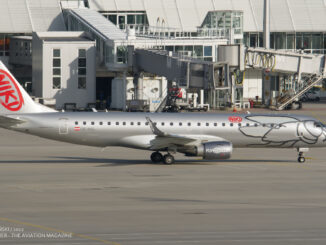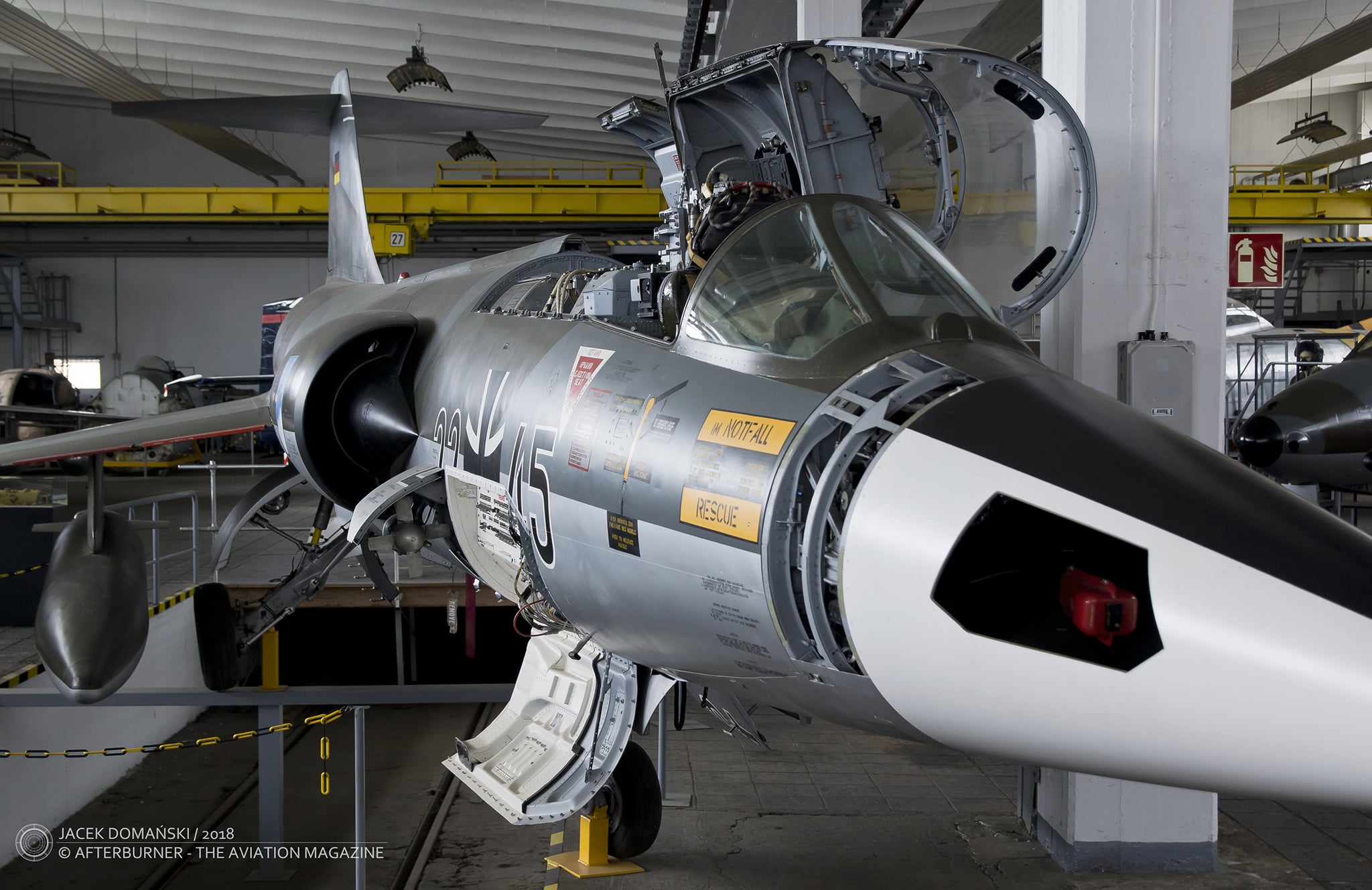 Scheibe Bergfalke IV glider (c/n 5816, OK-3377), winch launching at LKBR / Broumov airfield, September 2022.
Scheibe Bergfalke IV glider (c/n 5816, OK-3377), winch launching at LKBR / Broumov airfield, September 2022.
Bergfalke IV is the final development within the Bergfalke (English: mountain hawk) glider family designed and produced by German aviation engineer and aircraft designer, Egon Scheibe. The first sailplane of that type, designated Bergfalke I (sometimes referred to as Mü13E), performed its maiden flight on 5th August 1951.
During works on the new glider, Scheibe was basing on his previous designs, Akaflieg München Mü10 and Mü13 created in 1934 and 1935, respectively. Both aircraft were built at Akademische Fliegerschule (English: Academic Flying School) of the Munich University. The Mü10 Milan was a two-seat glider made in only one example and the first sailplane with fuselage made of welded steel tubing. Its two further modifications, known under the joint designation Mü13, were designed and built by Kurt Schmidt und Tony Tröger, under Scheibe´s supervision. The first of them, named ´Merlin´, was a motor glider equipped with an engine generating 18 hp, while the second, Mü13D ´Atalante´, was a standard sailplane.
Known also as Akaflieg München Mü13E, Bergfalke glider was a pure new development, just based on Scheibe´s previous experiences with sailplanes. At the time it was created, manufacturing any new aircraft was still forbidden in Germany, therefore Bergfalke I was finally assembled and registered in Austria.
It was a sailplane of classic design, with wings attached at the mid portion of the fuselage. The wings had a single wooden spar and were covered with plywood. The fuselage, like in previous Scheibe´s design, was a welded steel structure covered with fabric. The glider had a non-retractable monowheel undercarriage, tailskid and two seats in tandem configuration, enclosed with side-opening canopy.
With Bergfalke II, the first production version, forward sweept wings were introduced. The third glider from the series had redesigned, more aerodynamic canopy and airbrakes. Bergfalke IV was upgraded with new wings of Wortmann laminar profile, designed as a double trapezoid and of greater wingspan. The tailskid was replaced by a tailwheel.
Bergfalke aircraft were manufactured at Scheibe Flugzeugbau established in Dachau, a city located approximately twenty kilometres of Munich. Scheibe, being among pioneer designers of powered gliders, had also developed a motorized variant of Bergfalke sailplane, designed IVM and powered with 52 hp Hirth O-28 engine.
The Scheibe aviation works manufactured more than 2,000 various aircraft until his death in 1997. Bergfalke was produced until 1982, with more than 300 examples built. The glider was also licence-manufactured in Spain, by Stark Iberica company.
Scheibe´s legacy is continued by Scheibe Aircraft GmbH, a company established in 2006 by Hartmut Sammet. It takes care of maintenance of existing Scheibe aircraft, as well as manufacturing new aircraft based on Bergfalke design, such as Scheibe SF-25 Falke light aeroplane.
Nowadays, Scheibe gliders are still used by aeroclubs all over the world. Just in the Czech Republic there are more than ten Bergfalke gliders currently registered, together with a dozen of SF-25 aeroplanes.
One of Bergfalke IV gliders, manufactured in 1971, is now being operated by Benedictine Aeroclub Broumov. During the last weekend of September 2022, the aeroclub held an open doors event, during which that sailplane was used for short sightseeing flights.
That´s where our current Photo of the Week was taken – showing Bergfalke IV being winch launched into the skies.



